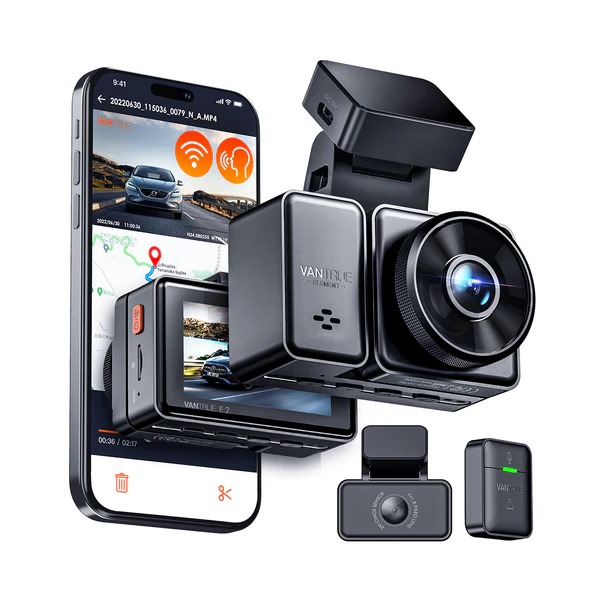Wide Dynamic Camera

A Wide Dynamic Camera (WDR Camera) is a type of surveillance camera designed to capture high-quality video in a wide range of lighting conditions, from very bright to very dark environments. It helps to deliver clearer and more detailed images in complex lighting, such as situations where both bright light and deep shadow coexist in the same frame
What is Wide Dynamic Range (WDR)?
Wide Dynamic Range (WDR) technology is the camera’s ability to handle high-contrast lighting environments. Traditional cameras often struggle to capture clear details when there is a strong difference between the lightest and darkest areas of an image. WDR cameras use a variety of methods to capture both bright and dark areas of a scene with high detail, creating a more balanced and usable image.
Key Features of Wide Dynamic Cameras
1. Enhanced Image Quality
WDR technology enhances the camera’s ability to handle high contrast lighting. It ensures that both bright and dark areas in the image are visible, producing clearer, more detailed footage.
2. Greater Flexibility in Lighting Conditions
Wide Dynamic Cameras automatically adjust to varying light conditions, making them ideal for environments where lighting changes frequently or where there is a mix of indoor and outdoor lighting.
3. Better Low-Light Performance
Many WDR cameras come equipped with infrared capabilities that help capture clear footage even in very low-light or no-light conditions.
How Does a Wide Dynamic Camera Work?
Wide Dynamic Cameras typically use one of two key methods to improve their image processing:
1. Digital WDR
Digital WDR uses image processing software to adjust the exposure of different regions of the image. It enhances both the shadows and highlights to create a balanced image, but can be prone to noise or artifacts.
2. True WDR (Hardware-based)
True WDR uses a hardware method to combine multiple exposures captured simultaneously. This leads to better results without the noise often seen in digital WDR.
.
Advantages of Wide Dynamic Cameras
1. Improved Visibility in High Contrast Lighting
With the ability to balance light and dark areas of a scene, WDR cameras provide superior image quality in both bright and dark conditions.
2. Reduced Overexposure or Underexposure
WDR cameras automatically adjust to ensure that images are not overly bright or too dark, offering a more natural representation of the scene.
3. Increased Security and Accuracy
WDR cameras help security personnel see fine details that are essential for identification, such as faces, vehicle number plates, and suspicious activity in both high- and low-light conditions.
Considerations When Choosing a Wide Dynamic Camera
1. Resolution and Image Quality
When selecting a WDR camera, consider the resolution and image quality. Higher resolution cameras provide clearer details, especially in large spaces or for long-distance monitoring.
2. Low-Light Performance
While WDR cameras perform well in daylight, it’s important to check their performance in low-light or night conditions. Many WDR cameras come with enhanced infrared or low-light capabilities for better performance after dark.
3. Environmental Considerations
Choose a WDR camera based on the specific environmental conditions, such as weatherproofing for outdoor installations or the ability to work in extreme temperatures or humidity.
Conclusion
Wide Dynamic Cameras provide essential technology for capturing clear, detailed images across a range of lighting conditions. Whether you are monitoring a secure facility, a retail store, or traffic, WDR technology is crucial for accurate surveillance and ensuring the safety of your assets. When choosing a WDR camera, always consider your specific environment and the features that best suit your needs, such as resolution, low-light capabilities, and durability

